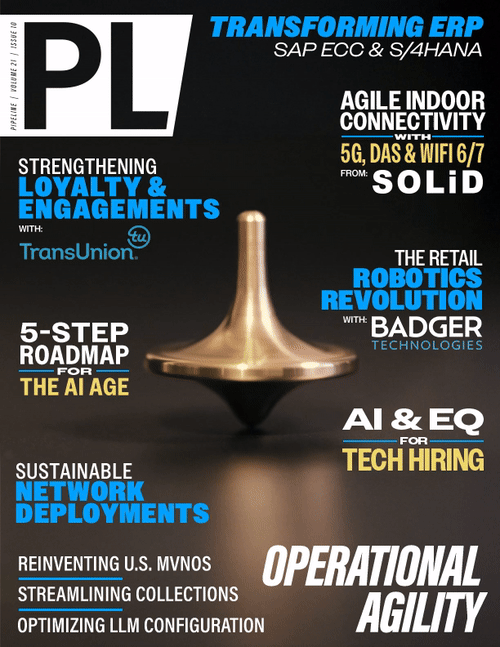Successful deployment requires comprehensive change management initiatives and extensive employee training programs to navigate workforce resistance, restructure operational workflows, and ensure seamless human-robot collaboration.
Use Cases That Matter
The potential of autonomous robots is growing by the day, and so is the list of use cases for the solution. The primary use cases are detecting anomalies within the operation. For
example, MARs detect and provide real-time alerts for out-of-stock conditions, on-shelf pricing mismatches with expected pricing, and identification of hazardous conditions within a store
environment. Some advanced solutions incorporate the ability to read RFID tags, providing precise, item-level visibility across locations. There are solutions that include embedded
tablets to display ads, promotions, and wayfinding tools that generate incremental revenue streams for the organization.
One store operator summed it up well:
“There just aren’t enough hours in the day—or people in the budget—to do what the robot does before lunch.”
The Path Forward: A Strategic Imperative
The autonomous revolution is no longer theoretical. It’s practical, proven, and inevitable. For retailers, the path forward is clear—but not easy. Success won’t come from bolting robots onto
legacy processes. It will come from reimagining store operations, where humans and machines work in harmony. The most forward-thinking retailers are already scaling robot fleets across
locations, integrating real-time data into labor models, planograms, and merchandising, and shifting from reactive firefighting to predictive, data-led management.
The question is no longer “Should we automate?” It’s “How fast can we catch up?”
Conclusion: The Urgency to Act
Retail is entering a new era—one defined by autonomy, intelligence, and speed. In this environment, MARs aren’t luxury tech. They’re foundational infrastructure for operational
excellence.
The role of store associates is evolving—from repetitive task execution to customer engagement and revenue-generating activities. MARs enable this shift by freeing up human teammates from
monotonous shelf checks and inventory walks, providing continuous operational visibility into problem areas without operational disruption, and enabling proactive merchandising with up-to-date
planogram compliance and pricing feedback.
While mobile autonomous robots offer transformative benefits, retailers face some implementation barriers that demand strategic planning and investment to overcome. Successful deployment requires
comprehensive change management initiatives and extensive employee training programs to navigate workforce resistance, restructure operational workflows, and ensure seamless human-robot
collaboration. Additionally, retailers must establish robust data infrastructure capabilities to capture and analyze robot-generated insights, as inadequate data management systems risk
underutilizing valuable analytics. Lastly, operations may have potential limitations in stores with highly dynamic layouts or excessive clutter that hinders consistent navigation and
scanning.
Despite these challenges, the long-term operational savings, improved inventory accuracy, and enhanced shopper safety delivered by MARs often outweigh the initial costs. These solutions
typically pay for themselves in 12-18 months. Retailers that proactively invest in change management, data infrastructure, and store optimization position themselves to unlock a scalable
competitive advantage.
Retailers who move now will seize the advantage—gaining data, flexibility, efficiency, and insight. Those who wait will fall behind—losing market share, margin, and mindshare.
As retail technology expert Jenna Williams puts it:
“The companies waiting for the ‘perfect time’ to deploy autonomous robots will find themselves perfectly positioned—for obsolescence.”
The autonomous revolution is not approaching. It’s already here.
This is not just about robots—it’s about building the store of the future: dynamic, responsive, and resilient. The autonomous revolution is not approaching. It’s already here. And for
forward-thinking retailers, the question isn’t if they should implement MARs—it’s how soon they can scale them.
Will you lead it—or be left behind?



















